Hugo Koblet, “Pédaleur de charme“, and Fausto Coppi, “Il Campionissimo”, two post-war era giants. They were good friends, until the Giro d’Italia 1953 edition. After that Giro, they would never speak to each other again. But, what happened?
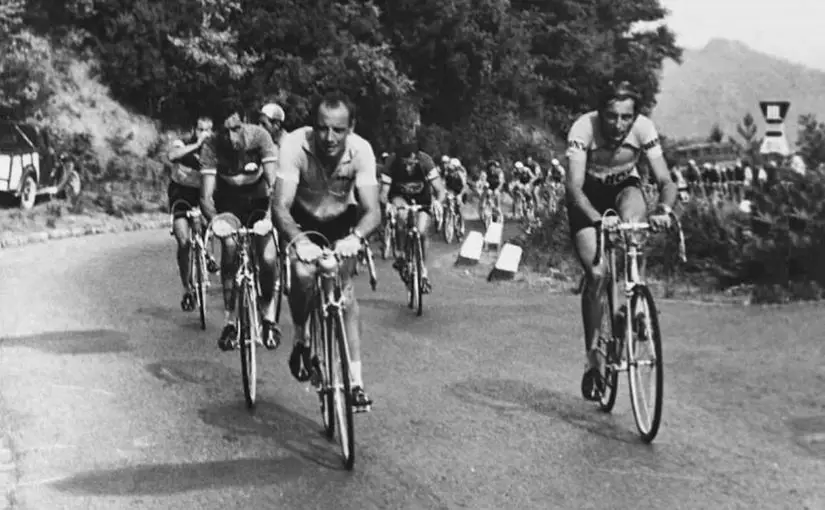

Hugo Koblet, “Pédaleur de charme“, and Fausto Coppi, “Il Campionissimo”, two post-war era giants. They were good friends, until the Giro d’Italia 1953 edition. After that Giro, they would never speak to each other again. But, what happened?
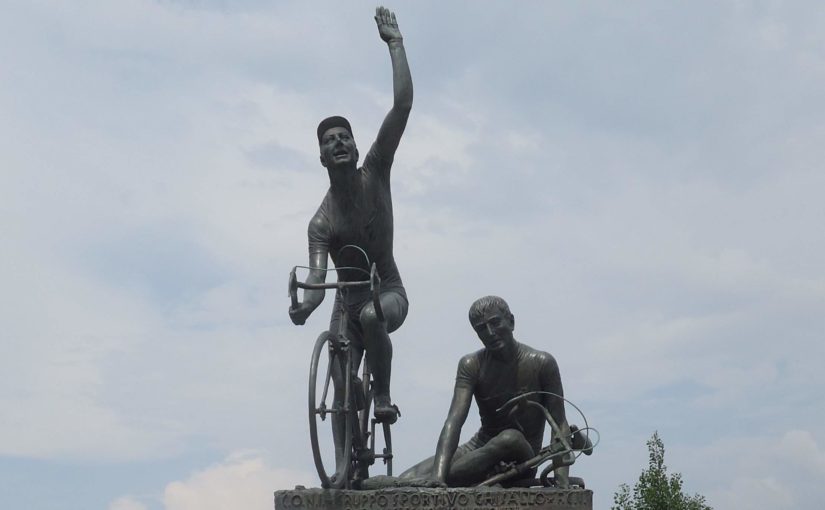
Il Lombardia (formerly known as the Giro di Lombardia), “Classica delle foglie morte” (the classic of the dead [falling] leaves), is traditionally the last of the five classic “Monuments” of the cycling season.
The first edition was 1905. It was then called Milan-Milan. It gained the name “Giro di Lombardia” in 1907. The route has changed many times. Milan, Sesto San Giovanni, Bergamo, Varese, Monza, Como have been start or finish place.
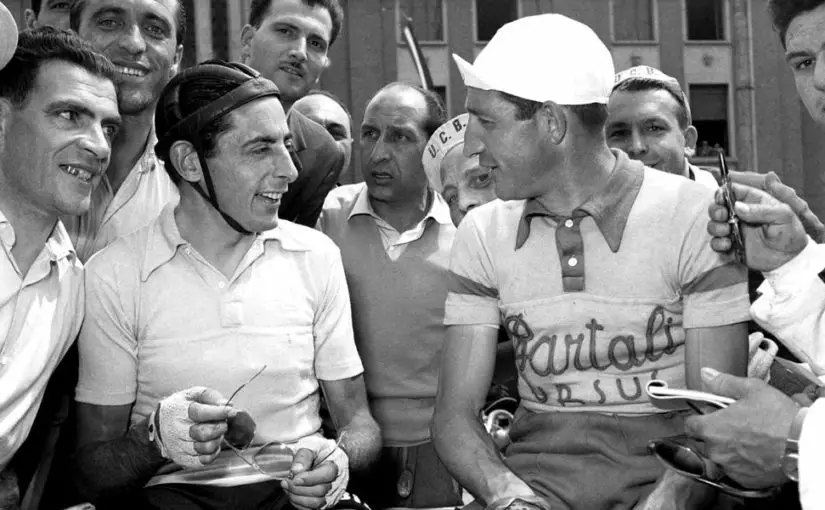
Fausto Coppi and Gino Bartali: two cycling legends of Italy. The rivalry between them is perhaps the most famous sporting duel in history. It has been started during World War II and continued afterward.
In December 2012, RCS Sport, the organizer of the Giro d’Italia, has put together 100 journalists to rate the greatest moments of the race’s 103-year history. The fifth question was “Which are the biggest sporting rivalries in the Giro d’Italia?”, and the obvious answer was: “The rivalry between Fausto Coppi and Gino Bartali.”
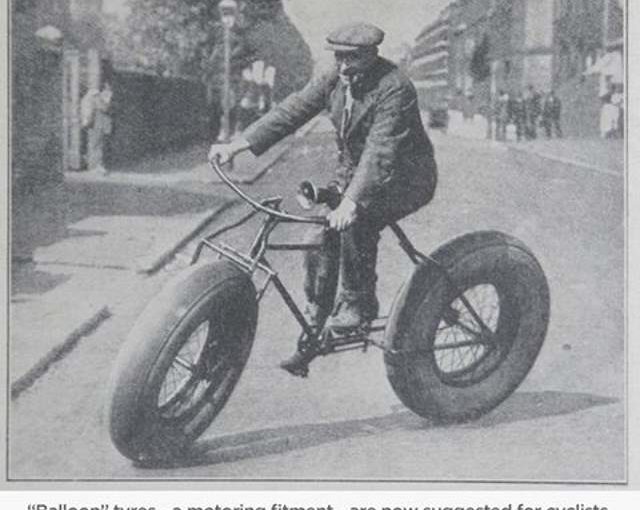
In recent years, fat tire bikes are getting quite popular. Before 2006, They were made only by custom frame-builders who liked to pedal in the snow (or sand, like beaches). Then, in 2006, a Minnesota-based bike manufacturer, Surly Bikes, mass-produced the first notable bike in the “fat” genre with its Pugsley frame. They still build a lot of fat-tire bicycle models.
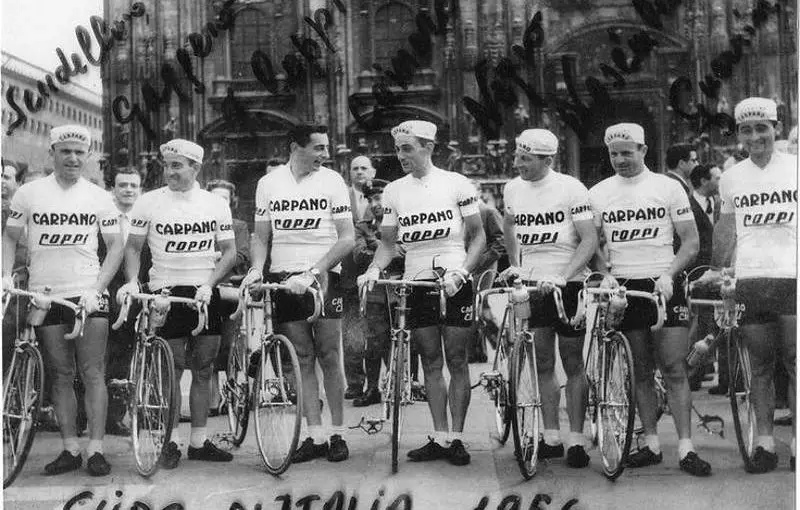
When Fausto Coppi headed the Carpano team in 1956, he issued to all his riders eight pieces of advice. With everything the great “campionissimo” said and wrote having become hallowed and revered, the so-called eight commandments of the champion of champions have survived the intervening decades and are still very pertinent. Here is what Coppi wrote:
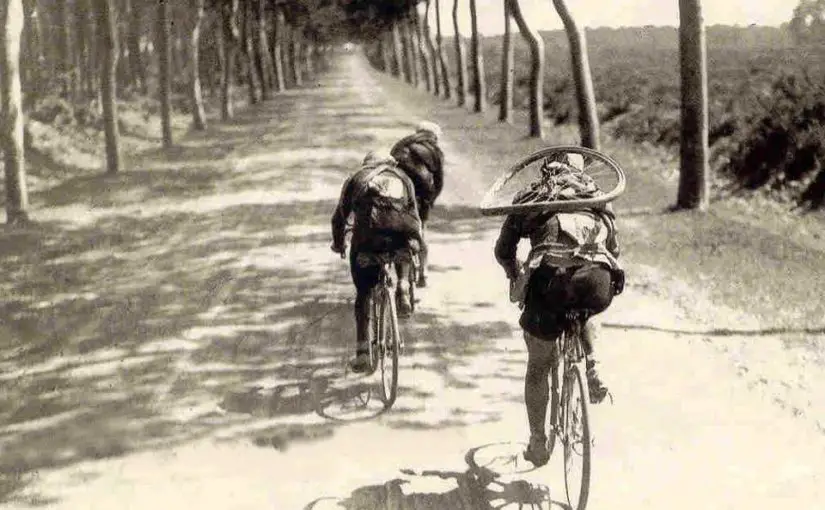
Today’s historic photo of the day: during the penultimate (14th) stage of the 1921 Tour de France, Léon Scieur, the Belgian rider of La Sportive team carries his own wheel to the finish line. Scieur won the 1921 Tour de France when he was 33-year-old, along with stages 3 and 10.
The 15th edition of the Tour de France took place June 26 to July 24, 1921, with 138 starters. The total distance was 5484 km. The Belgians dominated the entire race, partly due to the absence of the French Pélissier brothers: the French cyclists Henri and Francis Pélissier had left the 1920 Tour de France after Henri received a penalty from the Tour organization for throwing away a tire, and they were still fighting. Therefore, the Pélissier brothers did not join the 1921 Tour de France.
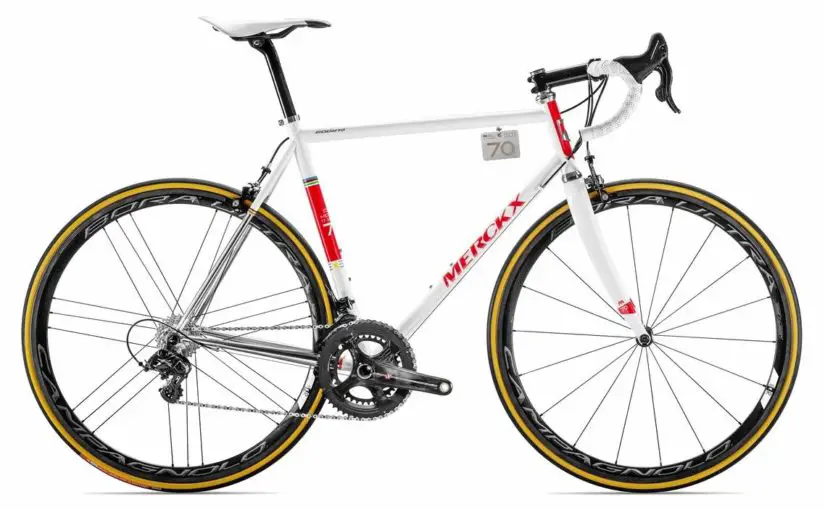
The legendary Eddy Merckx is turning 70 years old this year, on June 17, 2015. To celebrate, the bike brand that bears his name, the Eddy Merckx Cycles is producing a limited edition, modern, high-quality stainless steel racing bike: Eddy70. There will be only 70 examples produced, and the first specimen (No 1) has already been reserved for Eddy Merckx himself. The other 69 bikes will be available from September at a selection of bike stores.
The frames of the new bike will be TiG-welded, painted, and polished in-house at the Eddy Merck Cycles factory in Zellik. Since Eddy Merckx has always been the most prominent ambassador for Campagnolo, the famous Italian brand has agreed for the first time to customize the components used in this limited-edition bike.
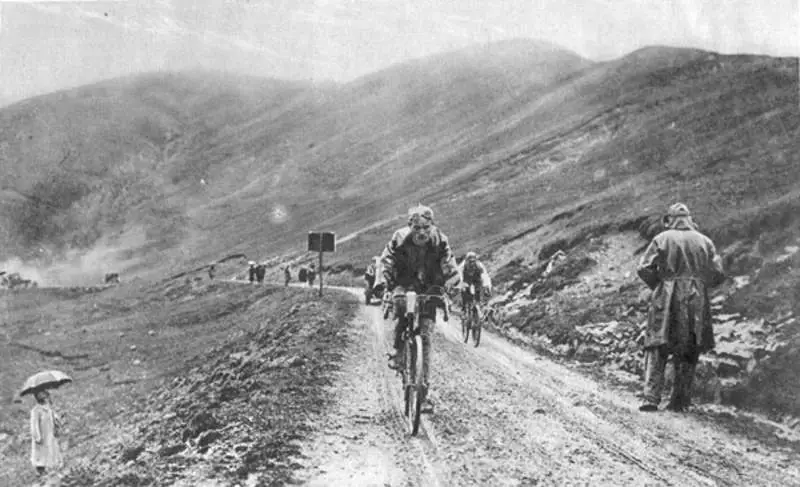
Today’s historic photo of the day: Italian cyclist Bartolomeo Aimo (sometimes written Bartolomeo Aymo) leading a greatly reduced peloton over the Allos at stage 13 of the Tour de France 1925.
Stage 13 was a 275 km (171 mi) long trip from Nice to Briançon. It was a cold, rainy day in the Alps. The Italian sports fans who had flocked to the Tour to see their hero, Ottavio Bottecchia, had the pleasure of seeing their compatriot Bartolomeo Aimo be the first over both the Vars and the Izoard as he rode to win the stage.
Bottecchia was 10 minutes back but still leading the General Classification. Nicolas Frantz, who was in second place in the general classification at the beginning of the day lost over 13 minutes.
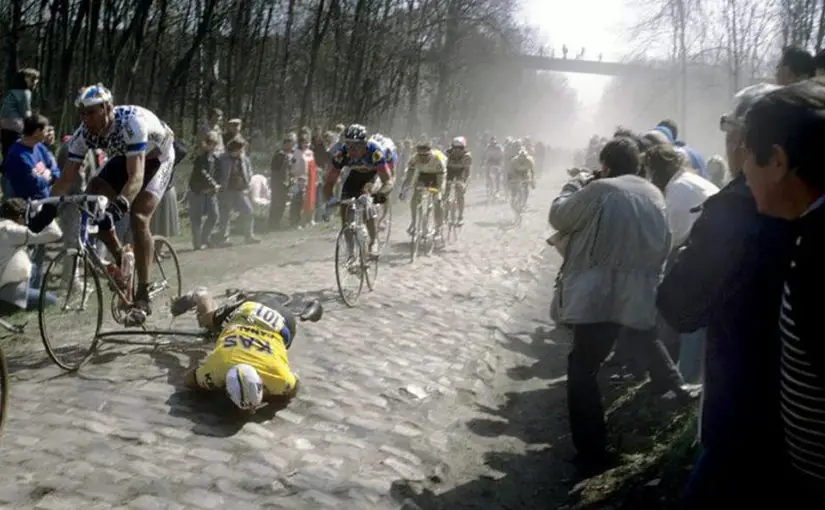
Today’s historic photo of the day: KAS rider Alfred Achermann crashes heavily and retires from the race on the Paris-Roubaix cobbles, in the Arenberg Forest. 86th edition of the “Queen of the classics”, Sunday, April 10, 1988.
1988 Paris-Roubaix surprisingly won by Belgian Dirk Demol (later, he was the Directeur sportif of the UCI Pro team RadioShack). With 27 km to go, a group of unknown riders broke away. The peloton did nothing to chase them down. It was on a section of cobblestones outside Roubaix that Swiss rider Thomas Wegmuller (KAS) and Dirk Demol (AD Renting) broke away from the lead group to search for the victory.
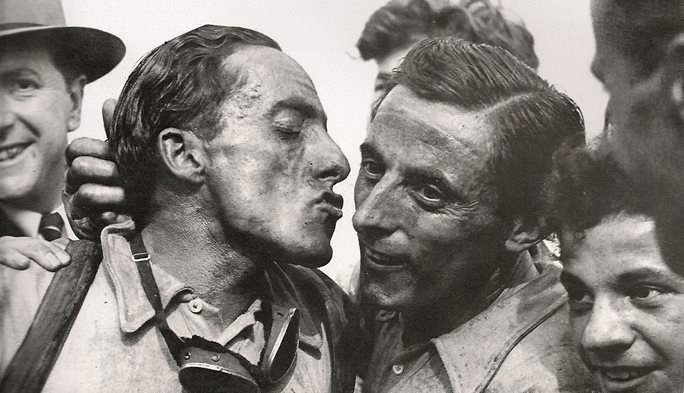
Today’s historic photo of the day: Serse Coppi kisses his elder brother Fausto Coppi after winning the Paris-Roubaix 1949 edition.
For the first and only time in history, there were two winners in Paris-Roubaix, and Serse was one of them. The other was team Stella-Dunlop’s French rider André Mahé.
1949 Paris-Roubaix, the 47th edition of the race was held on April 18. There was great chaos at the end of the race. The two winners finished separately, they were separated by four other riders and they both even reached the line by two different routes!